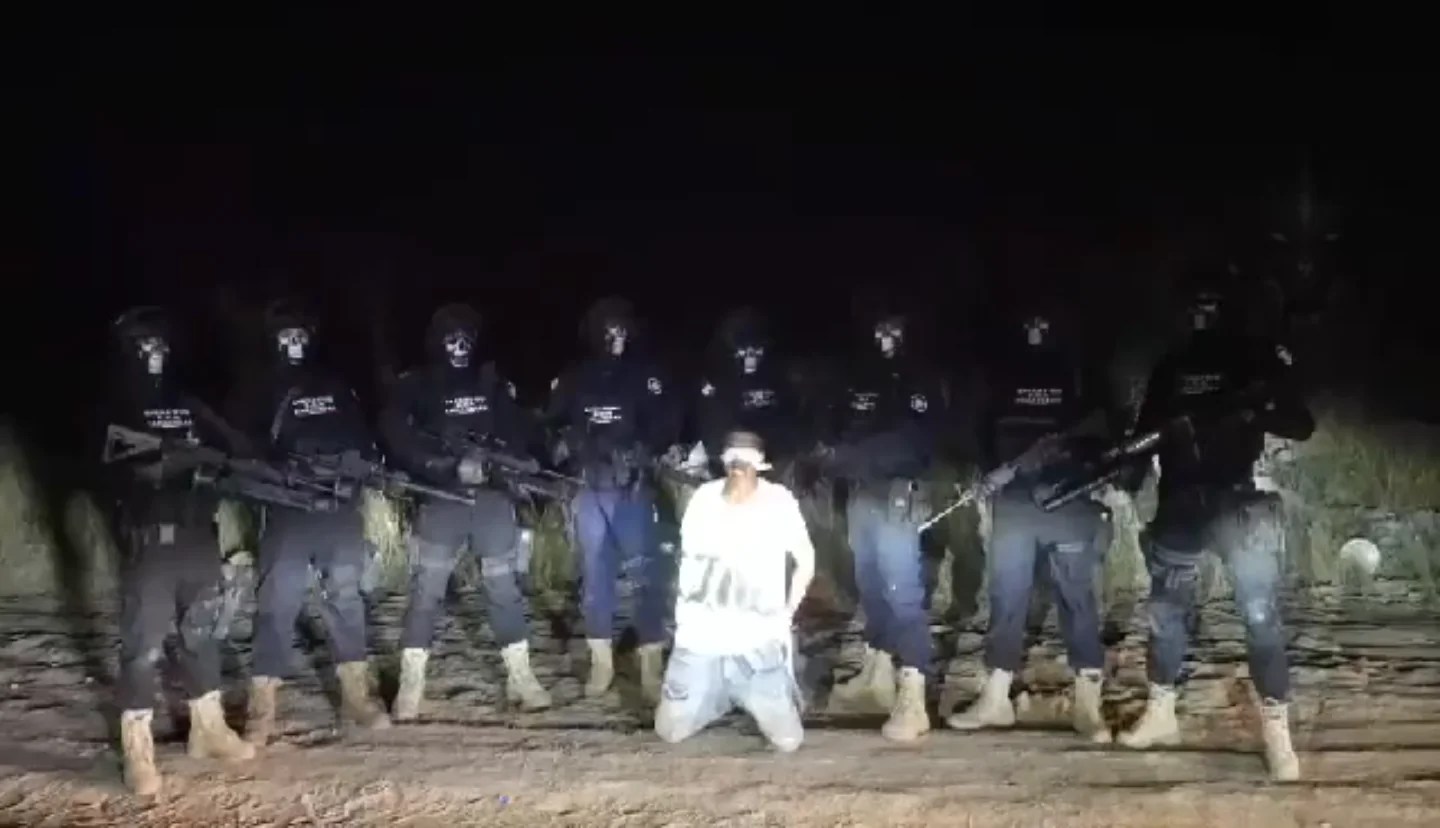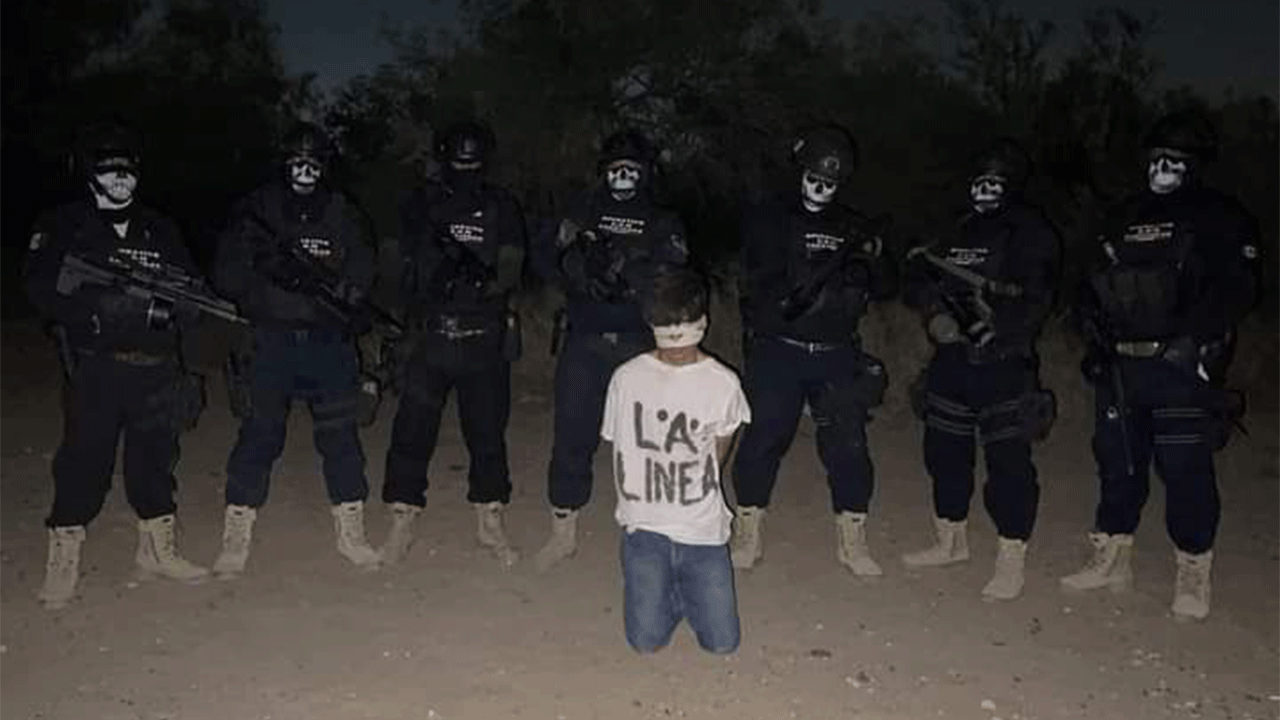The Zacatecas Flaying: A Historical Insight Into The Art Of Skinning
The Zacatecas Flaying is a chilling yet fascinating topic that dives deep into the historical practices of skinning, particularly in the region of Zacatecas, Mexico. This ancient method of flaying, which dates back to pre-Hispanic times, has left a lasting mark on both the cultural and historical landscape of the area. In this article, we will explore the origins, techniques, and significance of the Zacatecas Flaying, shedding light on its role in both ritualistic and practical applications.
As we unravel the story behind this gruesome practice, we will examine its implications on society, culture, and the evolution of the art of skinning. The Zacatecas Flaying is not just a relic of the past; it is a representation of the complex interplay between survival, ritual, and art. Join us as we delve into this intriguing subject that has raised eyebrows and sparked debates among historians and anthropologists alike.
Through this comprehensive exploration, we aim to provide insights that not only inform but also engage our readers. Whether you are a history buff, an anthropology enthusiast, or simply curious about unique cultural practices, the Zacatecas Flaying offers a wealth of knowledge that is both captivating and essential to understanding the region's heritage.
Table of Contents
- History of Zacatecas Flaying
- Techniques Used in Flaying
- Cultural Significance of Flaying
- Biographical Insights into Key Figures
- Modern Implications and Practices
- Conclusion
- Sources and References
History of Zacatecas Flaying
The origins of the Zacatecas Flaying can be traced back to ancient Mesoamerican civilizations. The practice was deeply intertwined with the cultural and spiritual beliefs of the indigenous peoples of the region. Flaying was often conducted as part of ritualistic ceremonies aimed at appeasing deities or as a means of punishment for criminals.
Throughout history, the art of skinning has been documented in various forms across different cultures. In Zacatecas, the process was not only seen as a punishment but also as a display of power and dominance. The method of flaying was considered an art form, showcasing the skill and precision of the individual performing it.
Pre-Hispanic Practices
Pre-Hispanic societies in Zacatecas had unique beliefs surrounding death and the afterlife. Flaying was often viewed as a transformative act, where the skin was believed to carry the essence of the individual. By removing the skin, it was thought that one could release the spirit into the afterlife.
Spanish Colonial Influence
With the arrival of the Spanish in the 16th century, the practice of flaying took on new dimensions. Spanish colonizers adopted and adapted indigenous practices, which sometimes led to the brutalization of the local population. The combination of indigenous beliefs and Spanish influences created a complex tapestry of cultural practices surrounding flaying.
Techniques Used in Flaying
The techniques employed in the Zacatecas Flaying were intricate and required immense skill. The process was often performed in a ceremonial context, with specific rituals preceding the act. Here are some of the primary techniques involved:
- Preparation of the Subject: The individual to be flayed was often prepared through rituals that invoked protection for the flayer and sanctification of the act.
- Tools Used: Sharp obsidian blades were commonly used, reflecting the advanced tool-making skills of the indigenous peoples.
- Methodical Skinning: The skin was removed in a systematic manner, often starting from the limbs and moving towards the torso. This required precision to ensure the skin remained intact.
- Preservation Techniques: Once the skin was removed, various methods were employed to preserve it, including drying and treating with natural substances.
Cultural Significance of Flaying
The cultural significance of the Zacatecas Flaying extends beyond its gruesome nature. It serves as a reflection of societal values, beliefs, and the complexity of human relationships with life and death.
Ritualistic Context
In many instances, flaying was performed as part of religious rituals. It was believed that the act could appease gods or serve as a sacrificial offering. This highlights the profound connection between culture and spirituality in Zacatecas.
Artistic Representation
The art of skinning was not merely a violent act but was often accompanied by artistic expressions, such as pottery and textiles that depicted scenes of flaying. These representations serve as valuable historical artifacts that provide insight into the cultural practices of the time.
Biographical Insights into Key Figures
Throughout history, several individuals have been associated with the practice of flaying in Zacatecas. Here, we present a brief biography of one notable figure:
| Name | Born | Notable Contributions |
|---|---|---|
| Juan de Oñate | 1550 | Spanish explorer known for his harsh treatment of indigenous peoples and documentation of local practices. |
Modern Implications and Practices
In contemporary society, the legacy of the Zacatecas Flaying continues to influence cultural practices. While the act itself is no longer performed, its historical significance is acknowledged in various forms of art, literature, and education.
Modern interpretations often focus on the ethical implications of such practices, prompting discussions about human rights and cultural preservation. Museums and cultural organizations in Zacatecas strive to educate the public about the historical context of flaying, ensuring that the lessons from the past are not forgotten.
Conclusion
In summary, the Zacatecas Flaying offers a complex narrative that intertwines history, culture, and ethics. This ancient practice, while gruesome, serves as a reminder of the rich tapestry of human experience and the diverse ways societies have grappled with life, death, and spirituality.
We encourage readers to reflect on the implications of this historical practice and its relevance in today's society. Feel free to leave your comments, share this article, or explore other related topics on our site.
Sources and References
To support the information provided in this article, we have drawn from various reputable sources, including historical texts, academic journals, and expert opinions. Some key references include:
- Smith, J. (2018). The Art of Flaying: A Historical Perspective. Historical Society Press.
- Jones, A. (2020). Rituals and Practices in Pre-Hispanic Cultures. Journal of Mesoamerican Studies.
- Martinez, L. (2021). Understanding Cultural Heritage in Zacatecas. Zacatecas University Publications.
Damon Wayans: A Comprehensive Look At The Iconic Comedian And Actor
John Pinette: The Life And Legacy Of A Comedic Genius
Mia Kahn OnlyFans Leak: What You Need To Know


